After my little boat trip, it was time to explore the Scottish Capital of Seafood further. Oban’s history dates way back to the mesolithic times. “Evidence of early cave dwellers has been found in several locations in the center of Oban, coincidentally at Oban Distillery – around which modern day Oban grew.” (Old Oban)
From being the hub “Kingdom of Dalriata: the kingdom of the Scotii tribe, the seed from which the Kingdom of Scotland would grow.”(Oban History) in the 6th century to be of lesser importance when the center of power moved more inland in the 9th century to become the periphery of the Scots kingdom in the 11th century when the Western island where in the hands of the Vikings, who dominated the sea.
The MacDougall family, who were of Viking descent, turned their backs on the Vikings in 1263 at the time of the battle of Largs, in which Scotland wrested back the Western Isles from the Vikings, and at the same time established themselves as one of the most powerful families in Scotland. The MacDougalls were to develop Dunollie Castle (formerly Dun Ollaigh) in the 12th century as one of their primary strongholds, which it remained until 1746 when they relocated to nearby Dunollie House. The neglected castle fell into ruins, which are all that exist today. (Oban History)
The modern Oban grew around the distillery which was founded in 1794. Until Victorian times Oban remained a quite fisher village when in the 19th-century steam ships started to use it as a stopping point between Glasgow and Inverness along the Caledonian and Crinan canals. Oban became a ferry port. The railway arrived in 1880 and Victorian buildings started to pop up along the coastline. In 1887 the construction of McCaig’s Tower(how it is called today) started as a private project of banker John S. McCaig.
The old carriage way to Dunollie Castle starts right next to this cottage and follows the horseshoe shape of the bay. The castle and Dunollie House were already closed when I arrived but the view was still beautiful!
An t-Òban, meaning “little bay” in Scottish Gaelic, and to this day it is an important Gaelic center and hosts the biggest Gaelic cultural festival, Royal National Mòd.
I had planned to get a little bit freshened up in my B&B and then walk to McCaig’s tower to enjoy the sunset (around 23:00) but the lounge at the Blair Villa was so cozy and comfortable, that I didn´t make it out again. If you ever stay in Oban, I can´t recommend it enough – it feels like home (and a little bit like traveling back in time) – and the view over the bay is amazing!
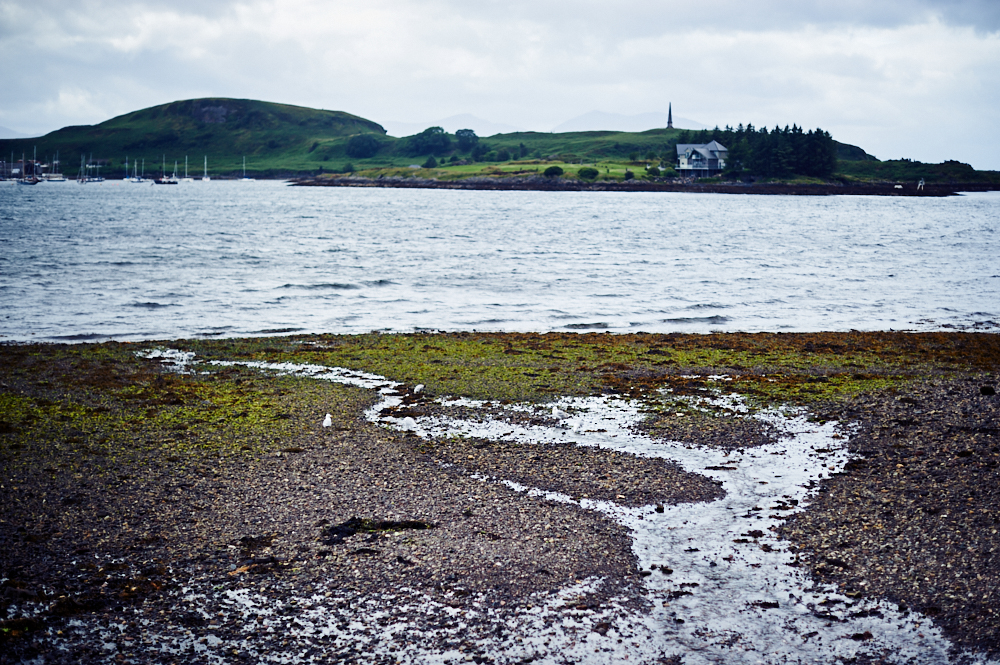


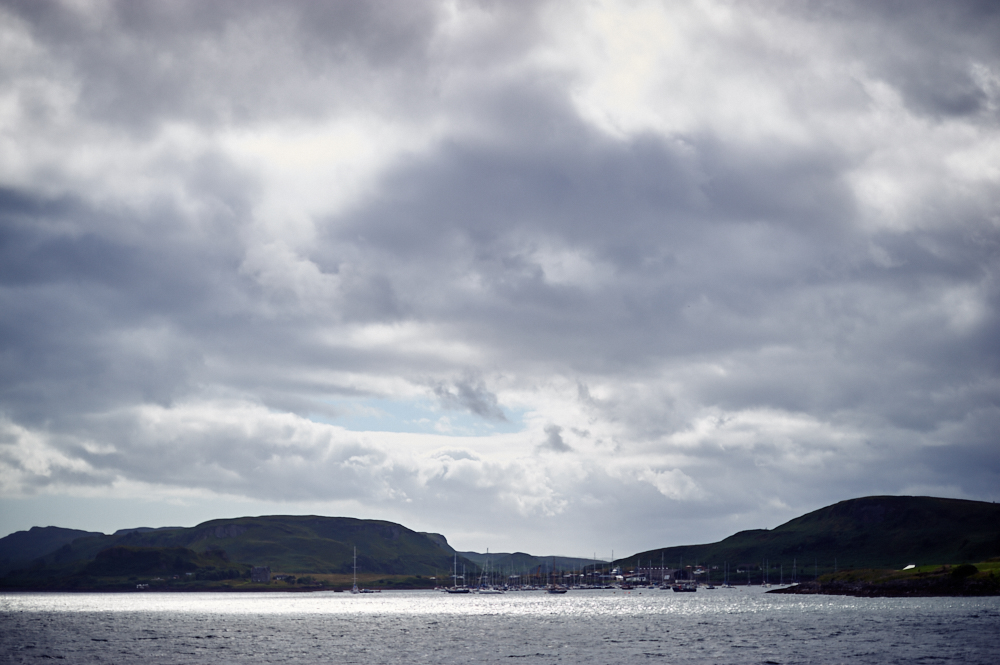
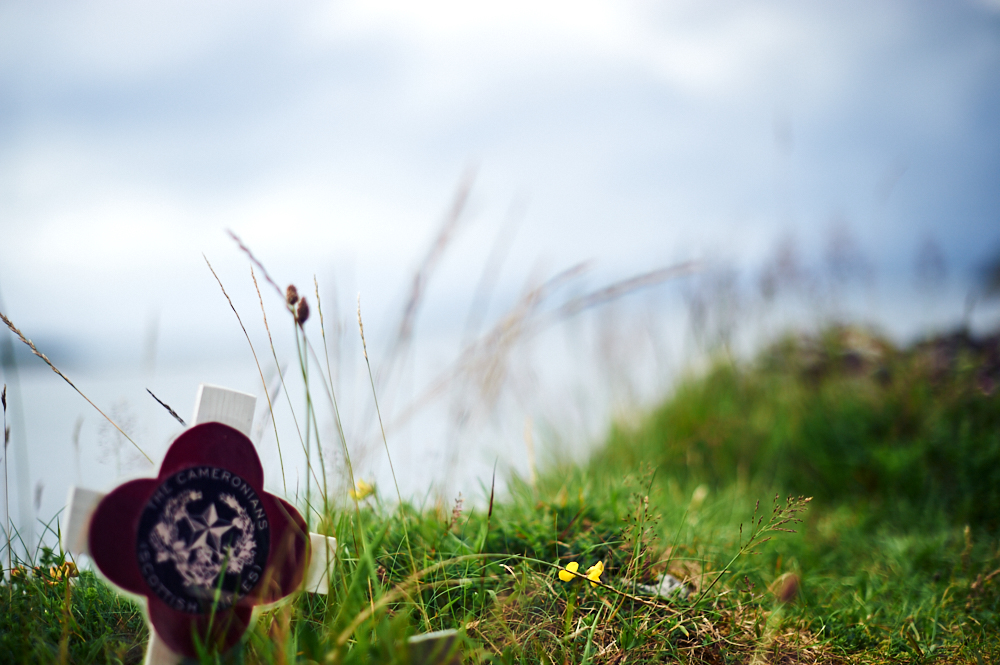


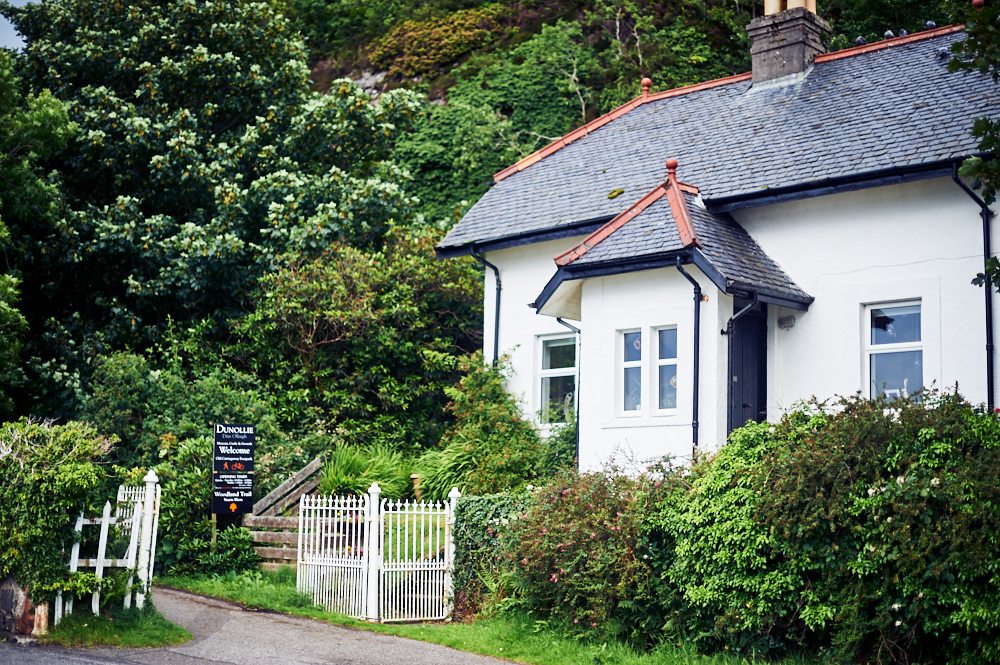
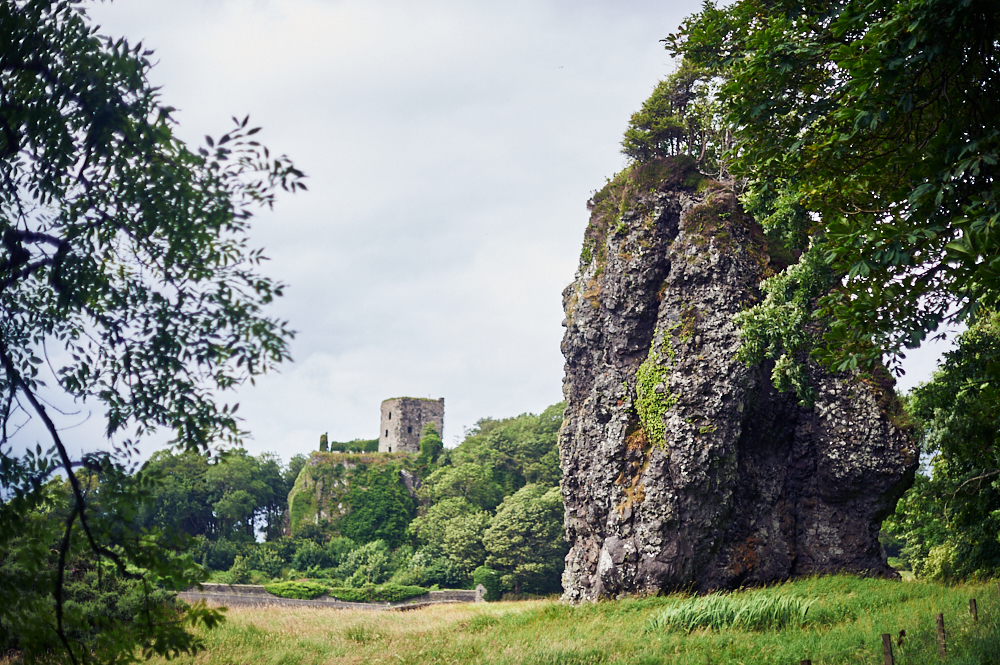

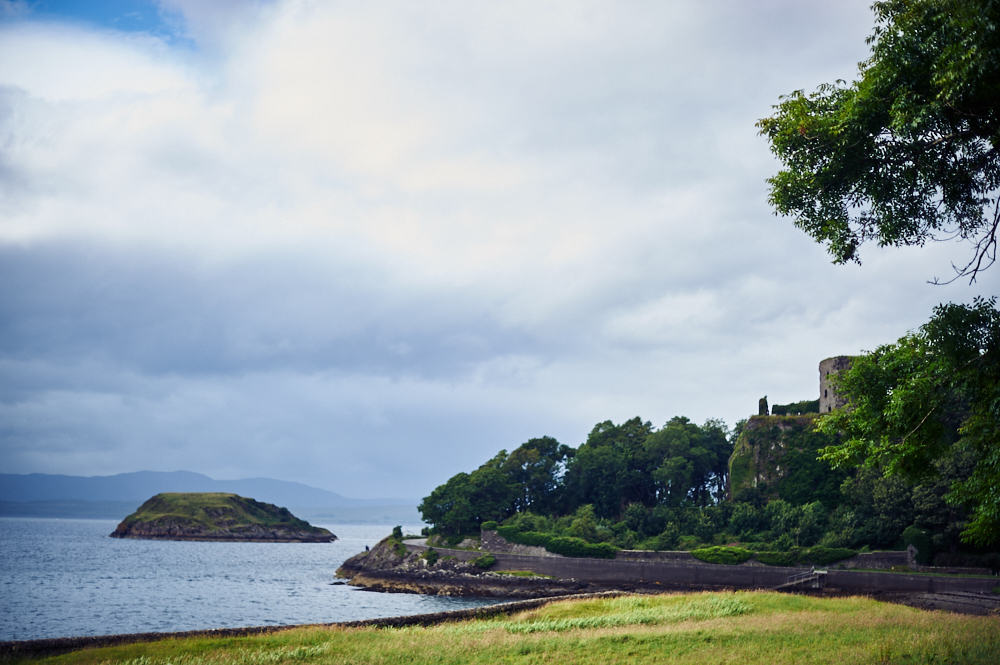
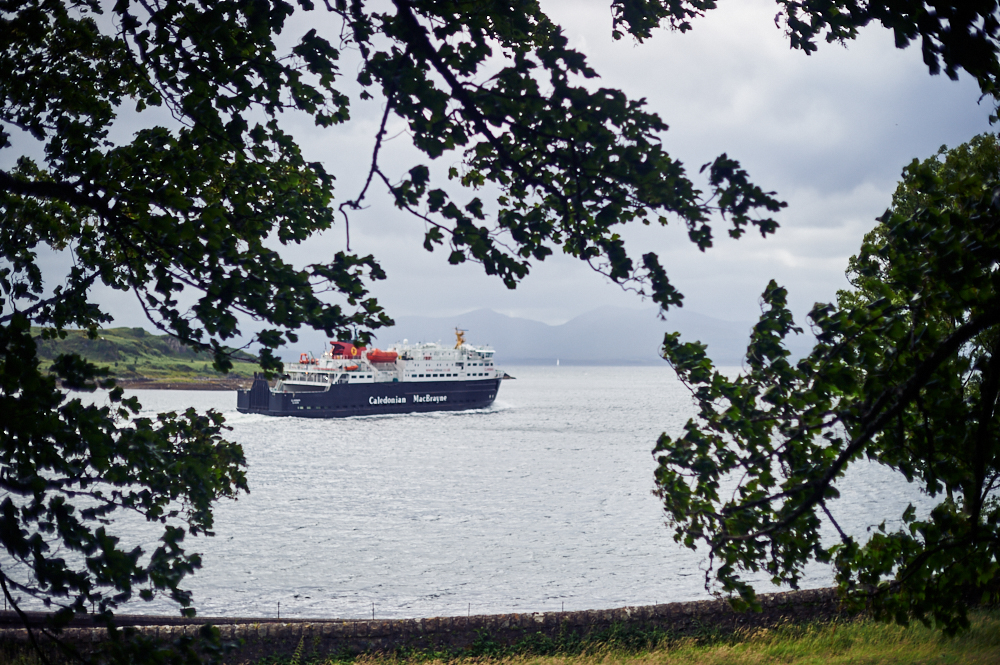


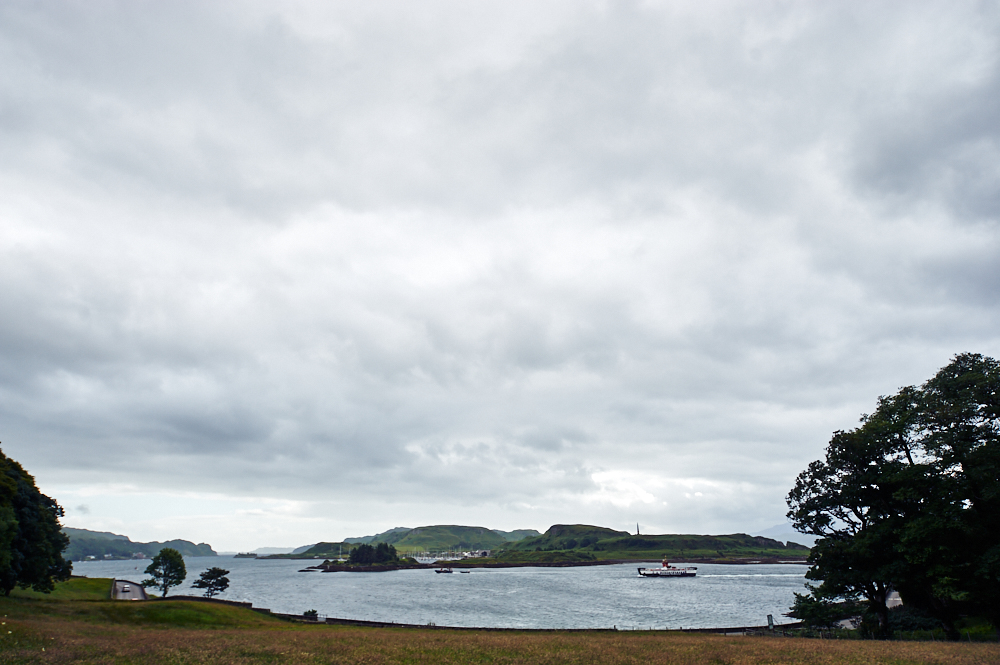

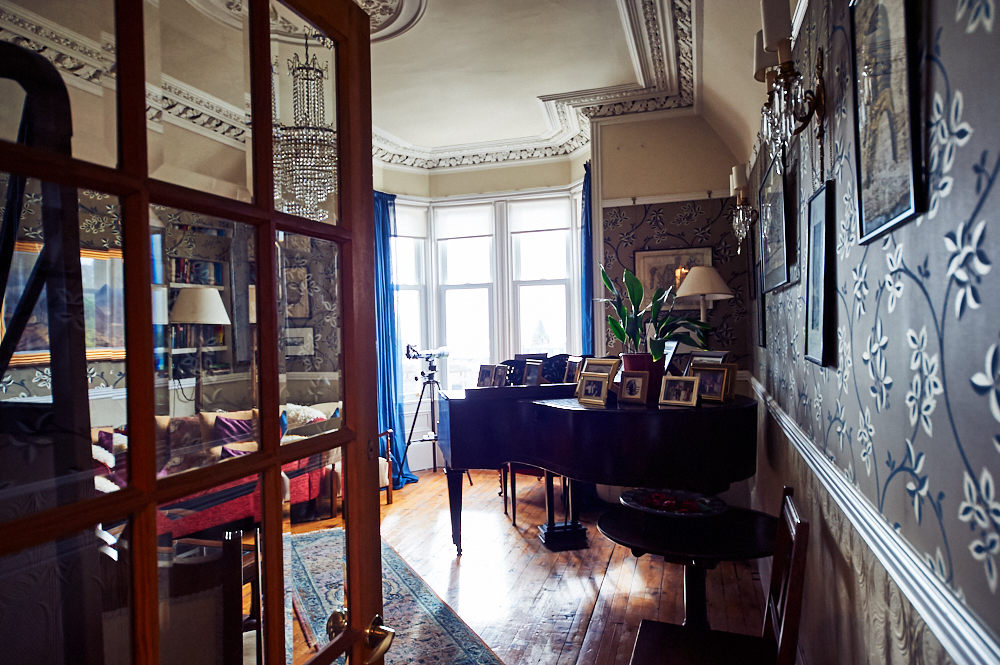
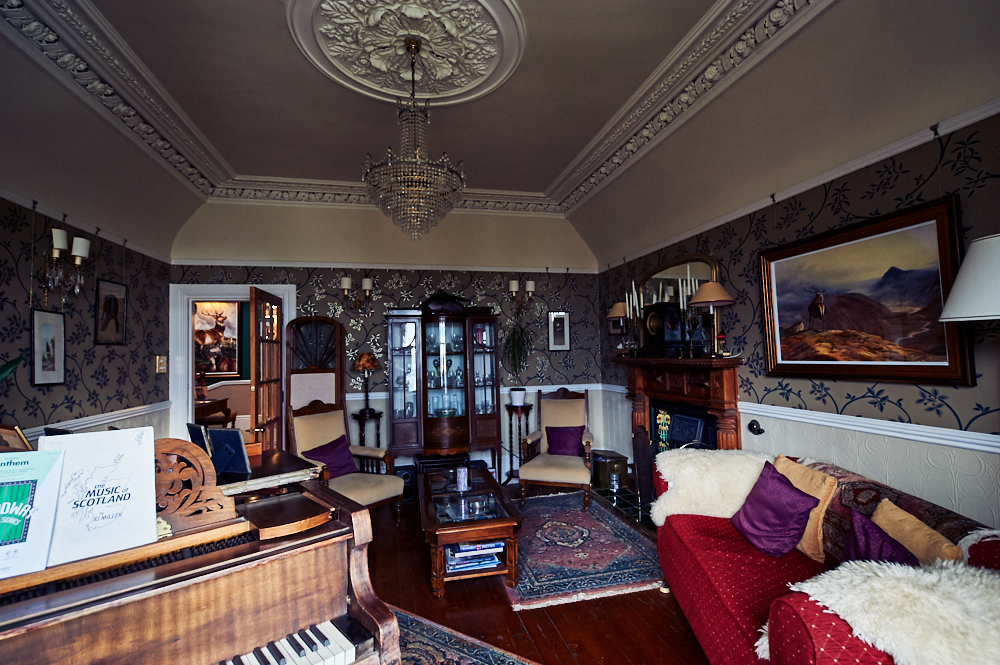


Leave a Reply